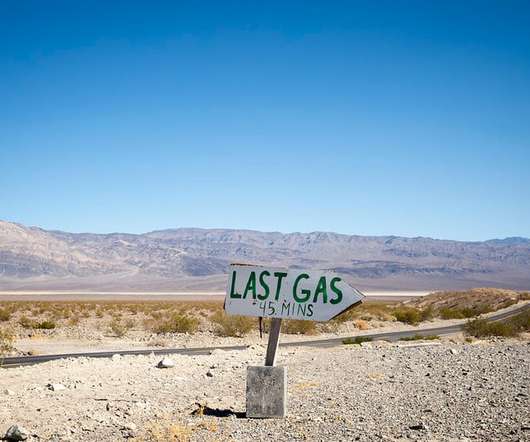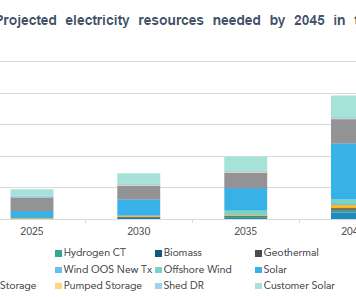DOE Awards $118 Million to Accelerate Domestic Biofuel Production
Brag
FEBRUARY 3, 2023
Department of Energy (DOE) announced on January 26, 2023, $118 million in funding for 17 projects to accelerate the production of sustainable biofuels for America’s transportation and manufacturing needs.





















Let's personalize your content